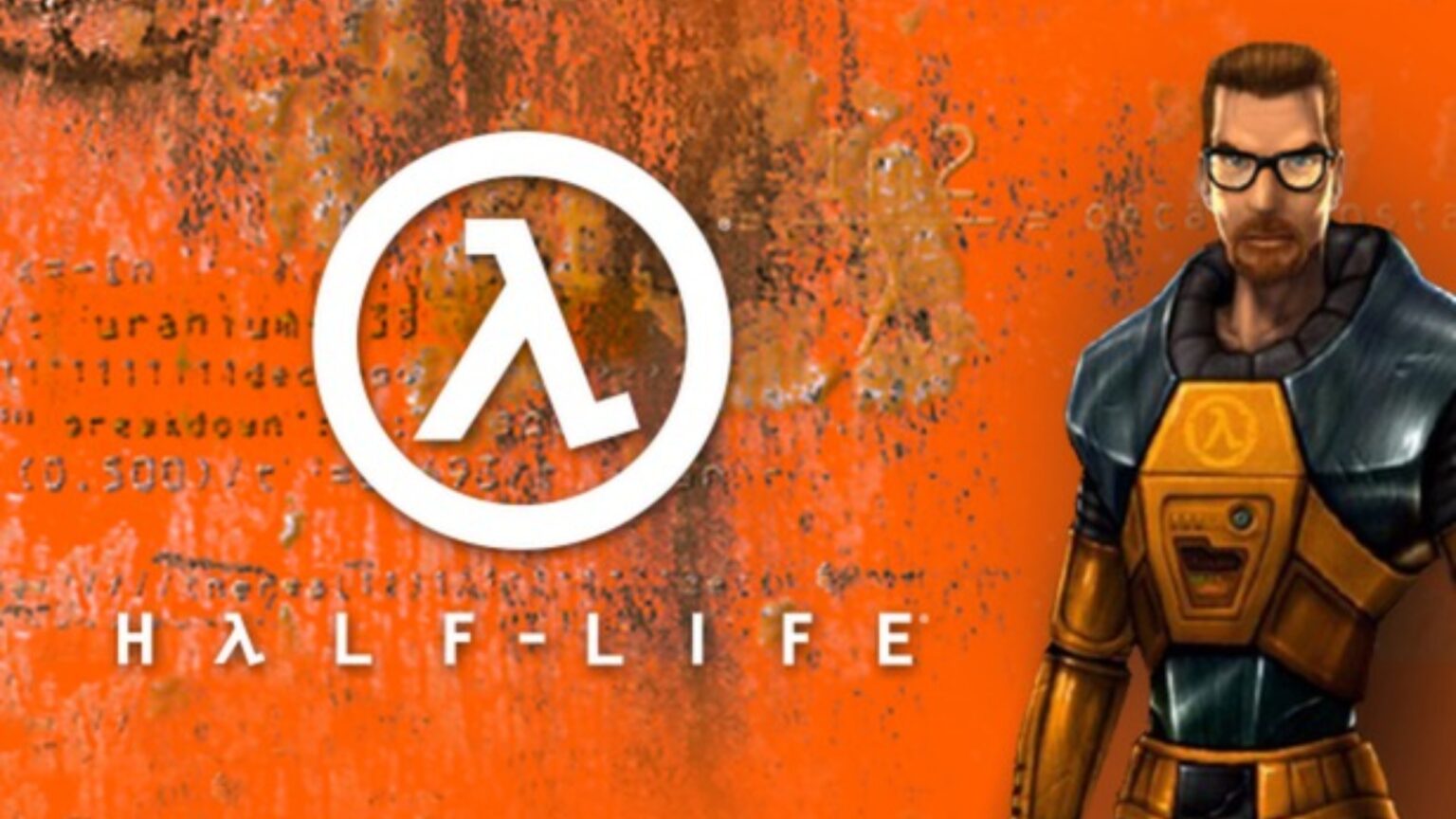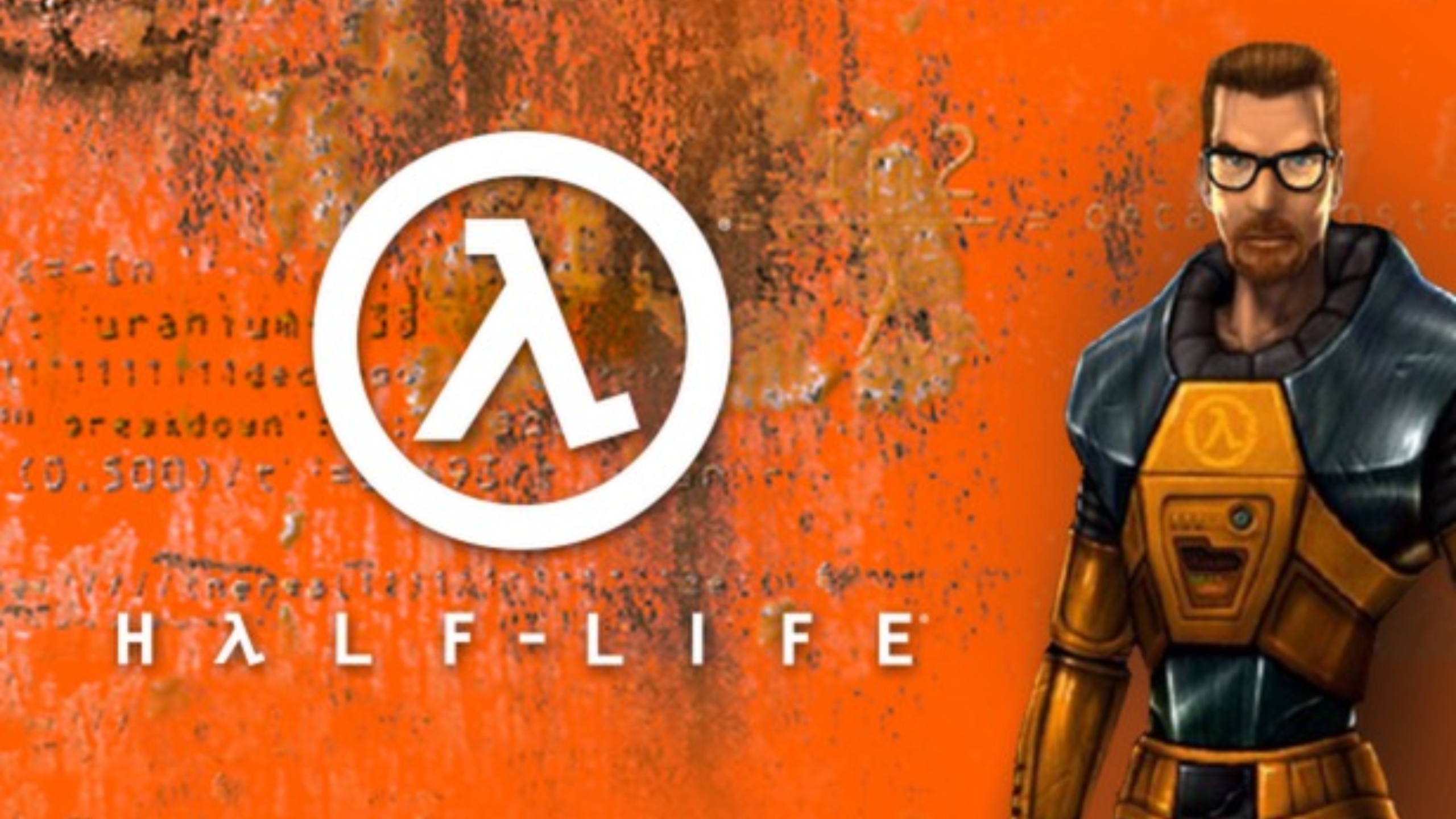Original Review by David Wright (1998) | Updated for Modern Audiences
There was a time when we thought Wolfenstein 3D was the peak of gaming. Then Doom came along, redefining what a first-person shooter could be and paving the way for endless imitators. For years, FPS games flooded the market with better graphics and more intense action, but storytelling was always the weak link. That is, until 1998, when an unknown developer named Valve dropped Half-Life. It didn’t just change the FPS genre—it revolutionized it.
Valve gave us something we didn’t know we needed: a story-driven first-person shooter that seamlessly blended action, exploration, and immersion. It wasn’t just about blasting monsters—it was about experiencing a living, breathing world through the eyes of an every man hero.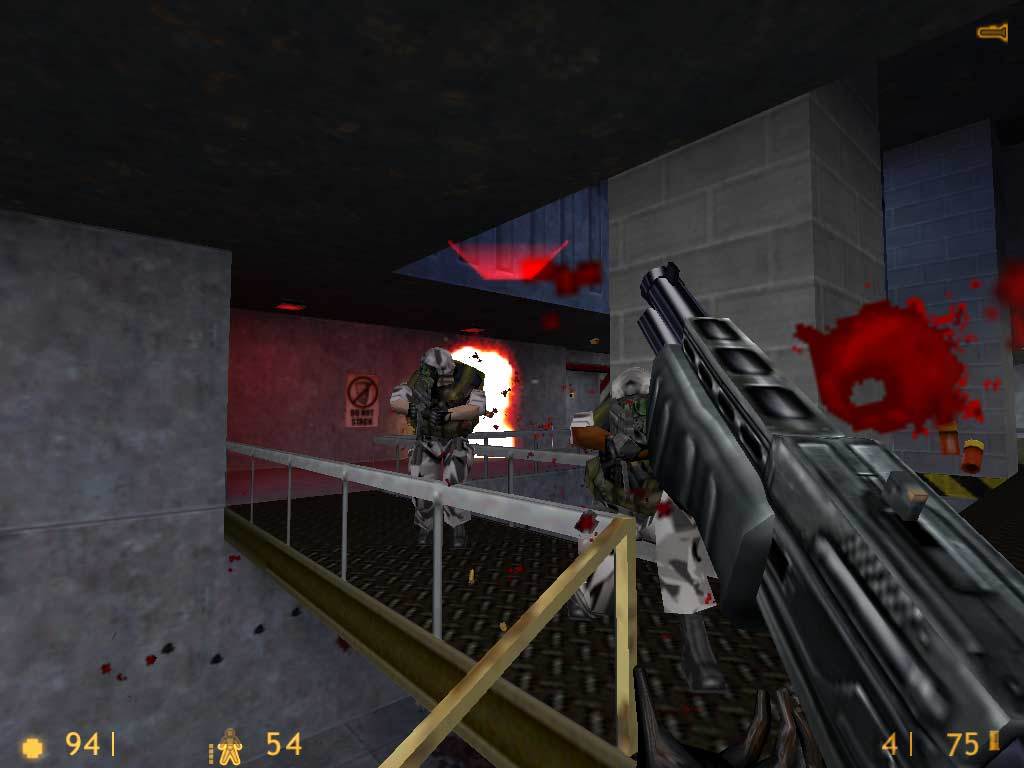
Story
In Half-Life, you step into the shoes of Gordon Freeman, a theoretical physicist working at the Black Mesa Research Facility. What begins as a normal day at work quickly spirals into disaster when an experiment goes horribly wrong, ripping open a dimensional rift and unleashing alien horrors into the facility.
The game opens with one of the most iconic intros in gaming history: a slow tram ride into Black Mesa. There are no pre-rendered cutscenes here; the story unfolds entirely in real-time, through your perspective. You witness scientists being dragged into air ducts, hear the groans of unseen creatures, and slowly piece together what’s happening. It’s immersive, cinematic, and ahead of its time.
Things take a darker turn when you discover that a rescue operation isn’t coming to save you—it’s coming to silence you. The military Special Ops (“cleaners”) are sent in to wipe out survivors, including Gordon. What follows is a tense journey through labs, air ducts, and alien worlds as you fight to survive and stop the catastrophe.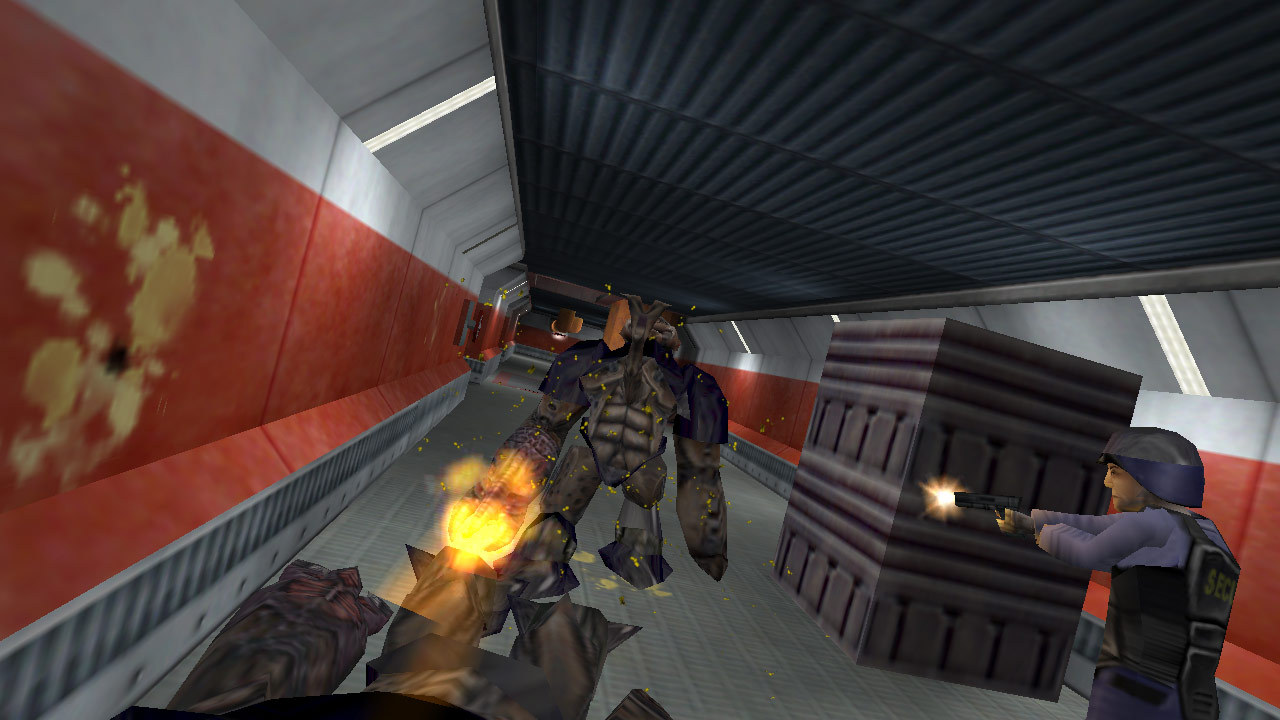
Gameplay
Valve nailed the balance between action, exploration, and resource management. You don’t just run and gun in Half-Life—you strategize. Ammo is limited, so you’ll often fall back on your trusty crowbar. You solve environmental puzzles, crawl through ventilation systems, and navigate hazardous areas, all while staying on your toes for headcrabs, marines, and more.
The enemy AI was groundbreaking for its time. Soldiers don’t just stand still and shoot; they flank, take cover, and toss grenades to flush you out. Each encounter feels dynamic and tense. The weapons are a mix of classic and inventive—from a 9mm pistol to a “Hivehand” alien weapon that shoots heat-seeking bees. Reloading adds another layer of tension: running out of ammo mid-firefight is a death sentence.
Stealth also plays a role, especially in multiplayer, where crouching activates your H.E.V. suit’s stealth mode. This was a key innovation for Half-Life, making it a slower, more tactical FPS than its peers.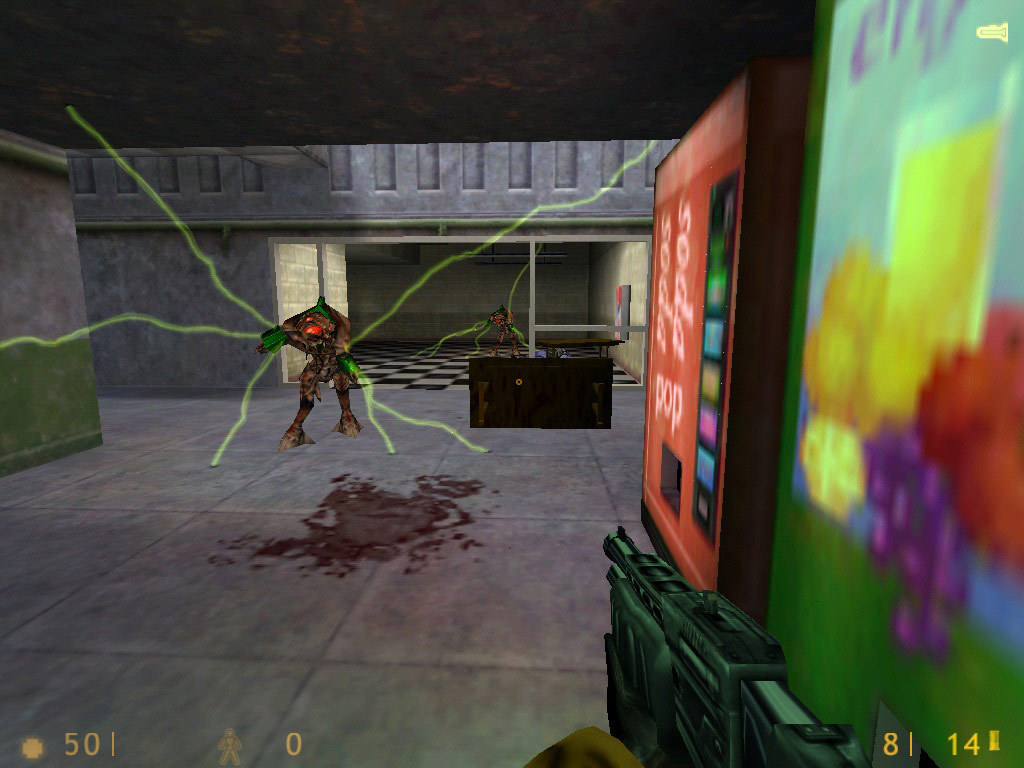
Graphics and Sound
While Half-Life used a modified Quake engine, Valve pushed it to its limits. Black Mesa feels alive, with detailed environments and fluid animations that were mind-blowing in 1998. From the eerie lighting in abandoned corridors to alien textures on Xen, the visuals hold up surprisingly well with modern updates.
The sound design is equally exceptional. Weapons pack a punch, from the earth-shaking boom of the .357 Magnum to the screeches of headcrabs. Ambient noises—like distant alien chatter, ventilation hums, and marine radio garble—keep you constantly on edge.
Even today, Half-Life feels immersive, and mods like Half-Life: Source and the Half-Life 25th Anniversary Update bring it even closer to modern standards.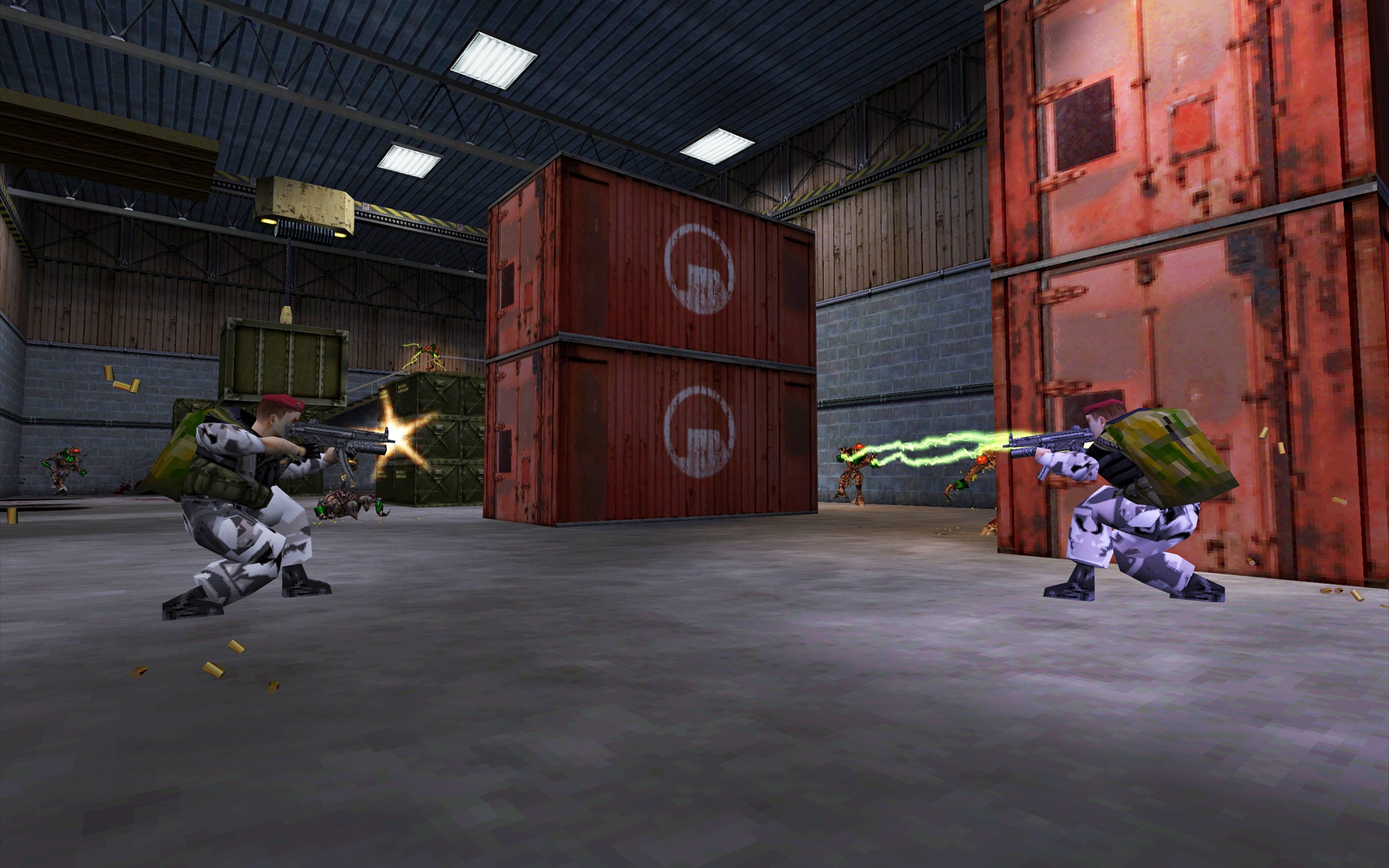
Multiplayer
Half-Life’s multiplayer mode added even more replayability. Its straightforward setup made finding and hosting matches a breeze, similar to Blizzard’s Battle.net. Unlike the fast-paced chaos of Quake, Half-Life’s multiplayer rewards tactical play and stealth. Mods like Counter-Strike (which began as a Half-Life mod) would go on to redefine online shooters altogether, becoming a phenomenon in its own right.
Modern Updates and How to Play Today
Half-Life hasn’t just survived the test of time—it’s thrived. Here’s how you can play it today:
- Steam: Valve’s own platform is the easiest way to experience Half-Life. The game is frequently on sale and includes Half-Life: Source, an enhanced version with updated visuals.
- Black Mesa (Fan Remake): Crowbar Collective’s Black Mesa is a modern reimagining of Half-Life built on the Source engine. It stays faithful to the original while enhancing visuals, improving mechanics, and expanding Xen.
- Mods and Patches: The community has kept Half-Life alive with graphical mods, high-definition packs, and VR adaptations.
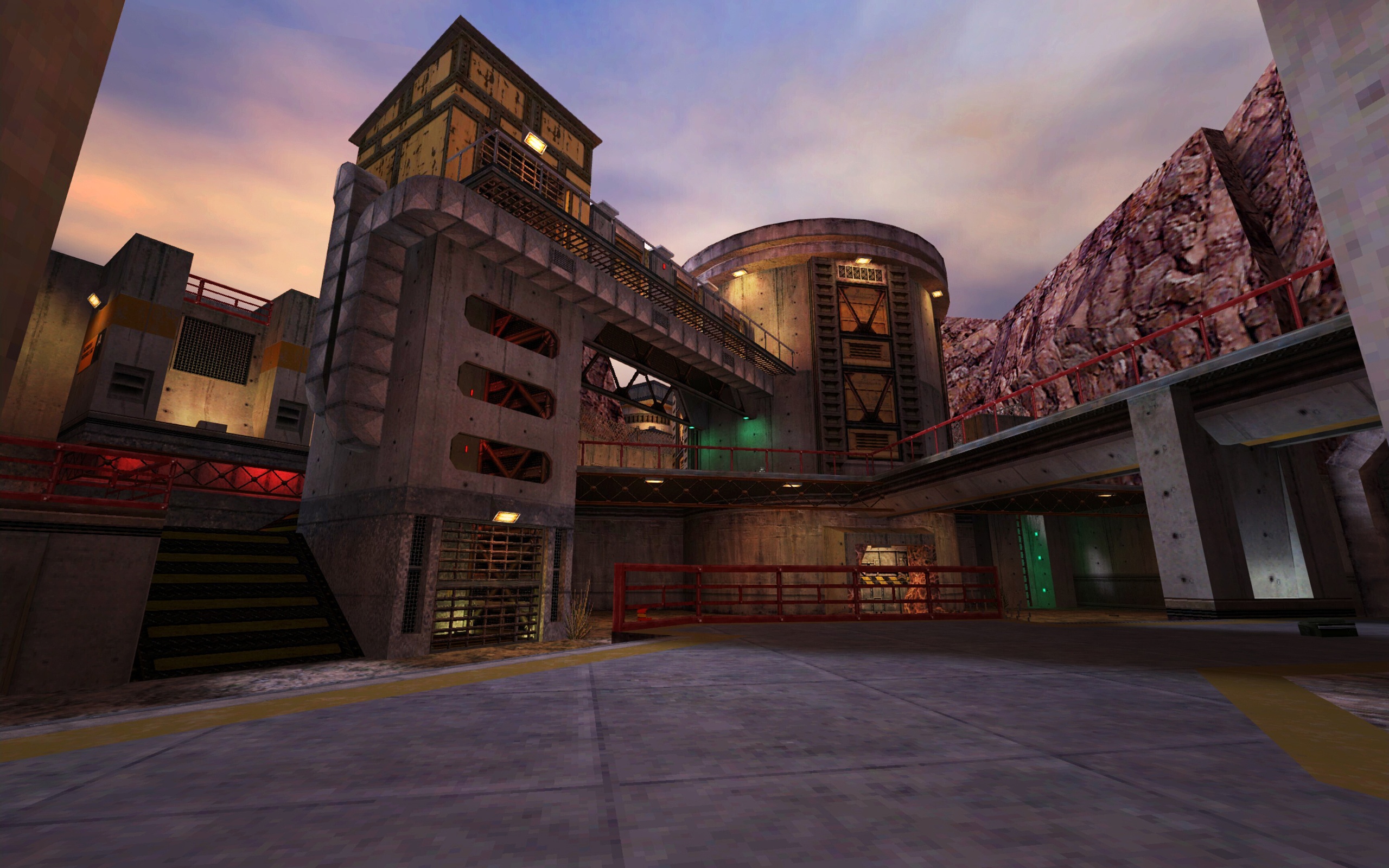
25th Anniversary Update
In November 2023, to celebrate Half-Life’s 25th anniversary, Valve released a substantial update enhancing the game for modern audiences. Key additions include:
- Half-Life: Uplink Integration: The original standalone demo, Uplink, is now included within the main game, accessible through the “New Game” menu. This mini-campaign offers additional content for both newcomers and veterans.
- New Multiplayer Maps: Four brand-new deathmatch maps—Contamination, Pool Party, Disposal, and Rocket Frenzy—expand the multiplayer experience, alongside three classic maps from the Half-Life: Further Data CD: Double Cross, Rust Mill, and Xen DM.
- Steam Deck Support: Half-Life is now fully verified for the Steam Deck, ensuring optimal performance on the handheld device.
- Enhanced Graphics and Settings: The update introduces widescreen field-of-view settings, improved lighting, and support for higher resolutions, bringing the visual experience closer to modern standards.
- Additional Content: New player models, restored original launch day content, and various quality-of-life improvements have been implemented to enrich the overall gameplay experience.
This anniversary update not only revitalizes Half-Life for existing fans but also makes it more accessible and appealing to new players, ensuring its legacy continues for years to come.
Summary
Half-Life is a masterpiece that redefined the first-person shooter genre. It seamlessly blends storytelling, gameplay, and atmosphere into an unforgettable experience. Whether you’re playing the original, Half-Life: Source, or the fan remake Black Mesa, it’s a game every gamer should experience. Valve set a new standard with Half-Life, and its legacy still echoes through modern gaming today.


